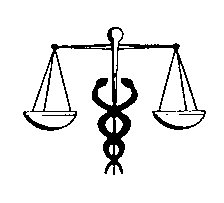When a patient is diagnosed with cancer, the first thing he would want to know is how far his disease has progressed and how much time he has left. A prognosis can help a patient understand these things. Prognosis for cancer patients takes the form of certain statistical figures based on averages of a large number of cancer patients.
The most widely used averages are called the cancer survival rates. Doctors speak in terms of 5 year and 10 year survival rates. They indicate the proportion of cancer patients in research studies who are still alive after 5 or 10 years of treatment. They don't mean that a patient will live for so many years only, but are to be used to understand and know what might happen to a patient after 5 years or so.
Cancer survival rate can be overall rates that include people of all ages and at all stages of cancer. Or they can be relative rates that are more specific to certain stages of cancer. Overall and relative cancer survival rates help patients to know all that they can about their disease, based on what a majority of patients with similar disease have gone through. This helps reduce anxiety and aids in analyzing and decide upon options for treatment and lifestyle choices.
However, cancer survival rates don't specify whether cancer survivors of 5 or 10 years are still undergoing treatment or are cancer free. To understand these dimensions there are the disease free survival rates and the progression free survival rates.
The disease free survival rate is a statistical data of cancer patients who have achieved remission after a certain period of treatment. The progression free survival rate gives statistical data of the number of people who still have cancer, but whose disease isn't progressing. These are patients who have had partial success with treatment.
These three survival rates indicate a patient's chances of achieving remission if a treatment plan is followed, based on how an average number of patients have responded in similar situations. However, they can at best give an idea of what a patient can expect. They cannot be used to predict what will happen to a patient as no two patients respond the same way and no two cancers, even of the same type are similar.
For more information on cancer survival rates please visit: Cancer Survival Rates
Article Source: http://EzineArticles.com/?expert=Mert_Ozge
Article Source: http://EzineArticles.com/1603201

No comments:
Post a Comment